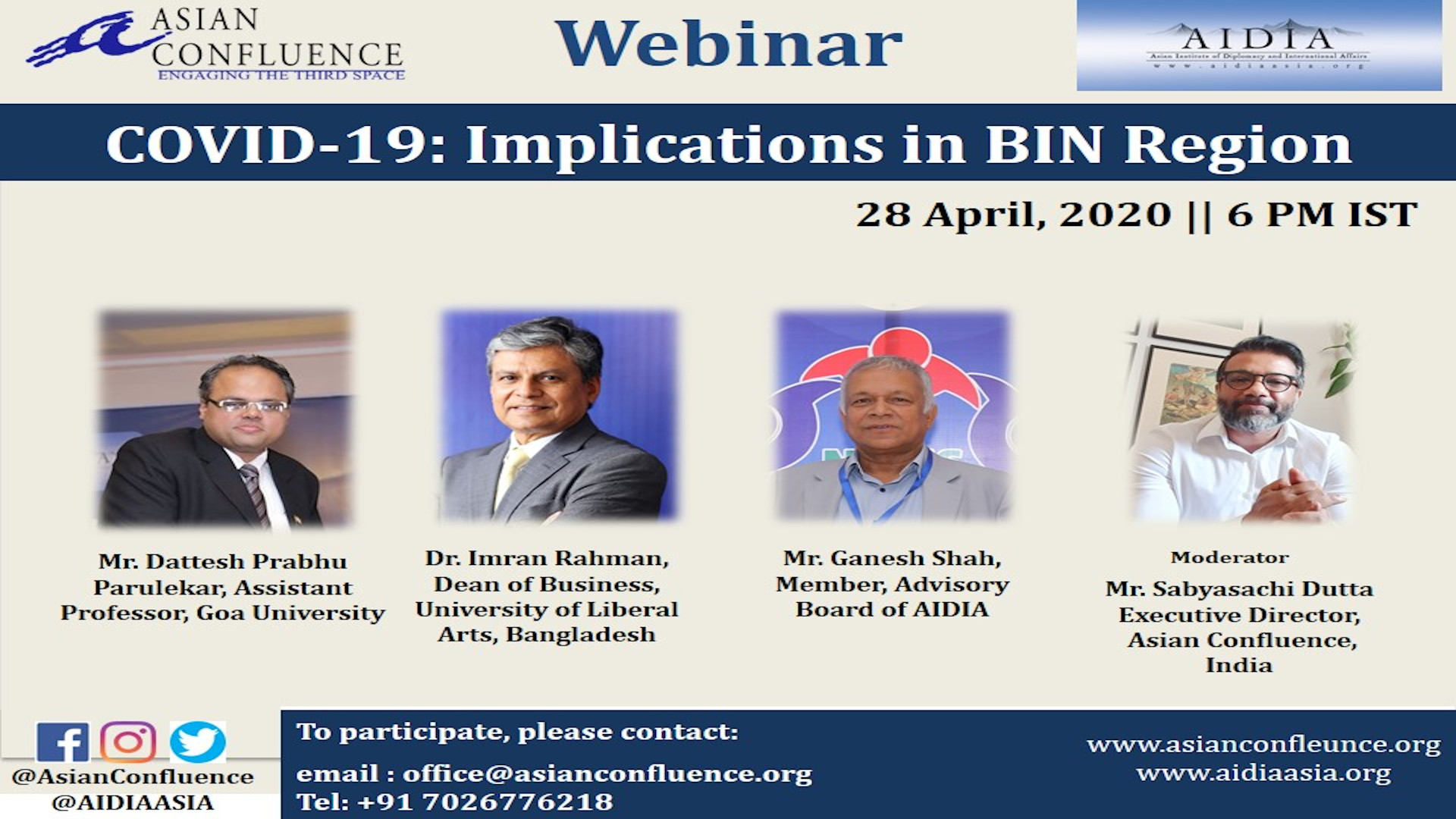
BIN-Bangladesh, India and Nepal a South Asian sub-region with almost 1.5 billion population, concerns have been growing about the toll coronavirus could take in the region. India went into lockdown on 25 May 2020, the biggest lockdown in the world and has the highest number of infection among all the countries in the region. Bangladesh has the second-highest number of confirmed cases followed by Nepal. The healthcare system in the region is venerable and lockdowns are proving harshest on poor families and informal workers.
The economic activities in the region are in a standstill, while the countries are trying to contain the virus. There are weary concerns that the measures taken by governments will be insufficient with the poor and dense population of whom hundreds of thousands are refugees. Even the medical workers are insisting the medical supplies including PPE, testing kits, ventilators are insufficient and warn the health system simply cannot cope with the outbreak.
The World Bank report revised its projection on GDP growth of South Asia for 2020 which will fall to a range between 1.8 and 2.8 percent down from its projection of six months ago 6.3 percent. It also says that there is a strong possibility some countries will go into the recession that could linger into 2021.
The pandemic has shown us the importance of being prepared when the crisis hits. We were not and we still are not prepared for the current and looming socio-economic consequences of the crisis. The crisis has left the region with no choice than to cooperate and mitigate the threats it has posed.
This Webinar on COVID -19: Implications in BIN Region is an attempt to envision the broader impacts of the crisis in the BIN countries. In particular, the discourse intends to analyze the implications of Covid19 on socio-economic conditions of BIN countries, short and long term measures and imperatives of regional and sub-regional co-operations
Date: 28 April 2020
Time: 06:00 PM IST
Prtnering with: